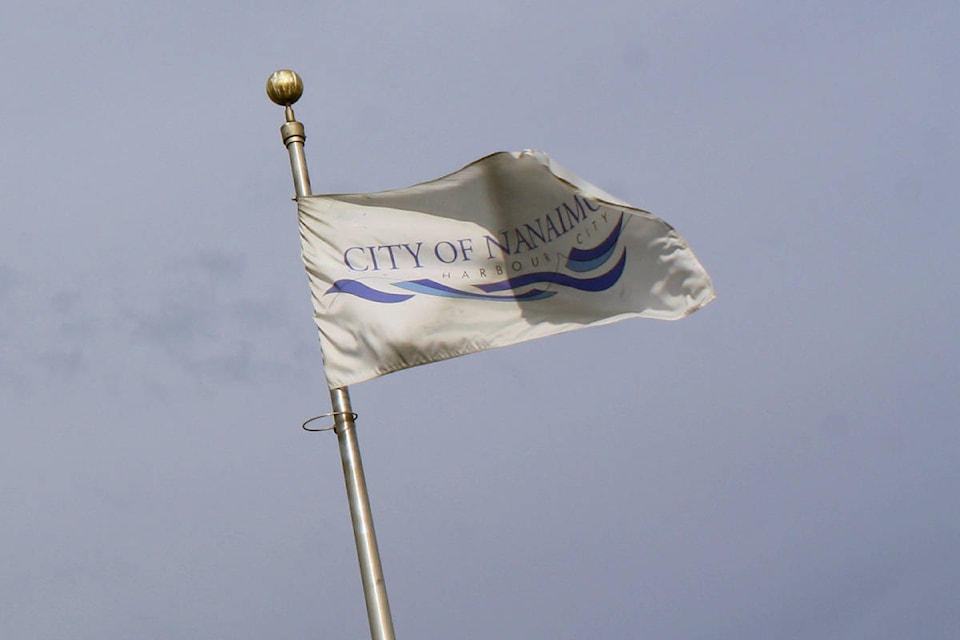A city-organized youth council is being axed by Nanaimo councillors.
At a governance and priorities committee meeting on Monday, Nanaimo councillors voted unanimously to dissolve the inactive youth advisory council. They also agreed to draft terms of reference for a new committee called the advisory committee on accessibility and inclusiveness.
According to a staff report, the Nanaimo Youth Advisory Council was formed in 2014 with a mandate of providing council with a “youth perspective” on municipal issues.
The report notes that the council has not held a meeting since October 2018 and when there were meetings, staff reportedly found it “challenging to find a consistent meeting date and time” that worked for all members. Staff recommended councillors dissolve the youth committee.
Meanwhile, the advisory committee on accessibility and inclusiveness, according to the report, would meet once a month and its members would be responsible for identifying and dealing with issues around accessibility and inclusion, reviewing city policies, developing engagement strategies, and increasing awareness on the challenges and issues associated with a lack of accessibility and inclusion.
The committee would include two city councillors, nine people appointed from various agencies including the Nanaimo Pride Society, Island Health, United Way Central and Northern Vancouver Island, and Nanaimo-Ladysmith School District 68, and two at-large members of the public.
Some important items not captured:
— Tyler J. Brown (@tylerjbrown2018) October 12, 2019
1) We are looking to include #Nanaimo youth involvement in all that we do as much as possible not just one Committee.
2) We haven't adopted the term of reference for Accessibility & Inclusiveness Committee. We endorsed consultation on a draft. https://t.co/JX715uTKDS
During the Oct. 7 meeting, Sky Snelgrove, the city’s deputy corporate officer, told councillors youth council membership was mainly youths “who have higher access to resources and support” and wasn’t “fully representative” of all youths in the city. She pointed out that there are a handful of other city-led opportunities available for youths such as the leaders in training and quest programs.
Jake Rudolph, the city’s chief administrative officer, said having a youth council isn’t “necessarily” the best way to engage or “tap in” to the youth in Nanaimo.
“There are a lot of avenues to be engaged and participating on committees is one of them but we just find that this [council] is really possibly an outdated model,” he said.
Mayor Leonard Krog said the youths with whom council needs to connect are involved in the community in many different ways, while others aren’t involved at all.
“The youth we need to involve are not necessarily … going to school actively. They are involved with NYSA, some of them are on the streets, there is a whole pile of places where young people in this community are not connected to formal organizations,” he said.
Coun. Sheryl Armstrong said she would like to see all city committees have a designated spot for youth.
“I think it would be an important place to get them in and get their involvement and that way we don’t have to look at all different areas,” she said.
While she was supportive of the idea to eliminate the youth council, Coun. Zeni Maartman said she hopes that councillors “don’t see on the headlines of the newspaper that we are dissolving” the council and would rather words like “re-deploying or re-distributing” youths would be communicated to the public.
Coun. Ben Geselbracht added that he doesn’t think the council was as “productive” and engaging with young people as it could have been. He said he likes what is happening at the school district, citing the youth sustainability and climate action committee that is being formed and believes there is an opportunity for the city to provide support.
“This group is going to be focusing on looking at ways to help their school through active transportation to waste management, very meaningful changes in how the school does its business and I think potentially there could be some great opportunities for partnership with the city in supporting this group,” Geselbracht said.
When it came to discussion on the accessibility and inclusiveness advisory committee, all councillors were generally supportive of the concept but some expressed some concerns over its terms of reference, staff time and whether to include representatives from other organizations such as the women’s groups and the Canadian National Institute for the Blind.
Coun. Ian Thorpe said the committee’s terms of reference are unwieldy, suggested the meeting frequency change and felt some groups might be excluded by council inadvertently.
“I always struggle with this, when we set out to identify specific groups that we want represented, we automatically run the risk of leaving out some…” he said. “So, as soon as you identify that you want somebody who is visually impaired, well what about hearing impaired, what about physically impaired and it just goes on and on.”
Coun. Erin Hemmens said she felt the committee might be perceived as “tokenism” and would require significant staff support as it is “a big group.” She also questioned whether there were existing organizations that had a similar committee that the city could “tap into” and expressed concerns that council is creating more committees than it originally planned.
“In the early portion of our term we decided we were going to do governance a little bit differently and set the table here at the GPC to have these deeper conversations and maybe not do as many committees and here we are building more committees again,” Hemmens said.
Follow @npescod
nicholas.pescod@nanaimobulletin.com
Like us on Facebook and follow us on Twitter and Instagram
